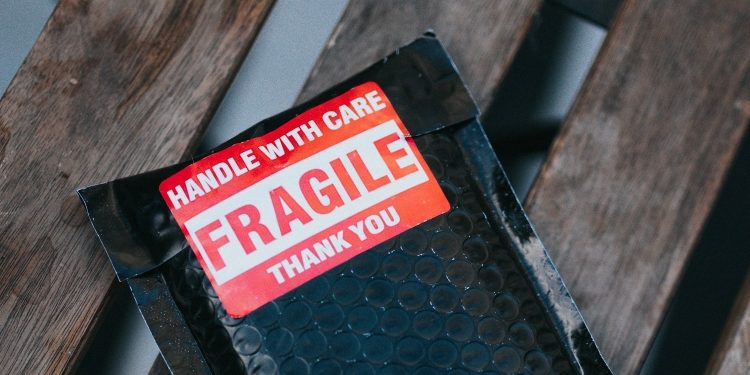Seal integrity is crucial for both food and pharmaceutical products. A reliable seal ensures that the product maintains its original appearance, nutrients, taste, and shelf life. For pharmaceutical items, a strong seal prevents contamination and preserves the product’s effectiveness. Companies aiming to protect their brand reputation must prioritize seal integrity to prevent any compromise in product quality.
The role of seal inspection in food safety
In the food industry, packaging not only protects the product but also influences its preservation. A comprehensive seal inspection process helps in maintaining food safety standards. It ensures that the gas mixtures used in packaging remain intact, thereby preventing spoilage and contamination. Regular inspections catch potential issues early, safeguarding both the consumer and the brand. Implementing effective seal inspection methods is integral to delivering high-quality products consistently.
Verifying seal integrity in pharmaceuticals
Pharmaceutical products require stringent packaging standards to ensure drug efficacy. Any breach in seal integrity can lead to contamination or reduced effectiveness. Seal inspections play a vital role in verifying that packaging meets necessary safety standards. This verification process involves checking for any defects that might compromise the product. By integrating advanced inspection techniques, pharmaceutical companies can assure consumers of the product’s reliability and safety.
How seal integrity impacts shelf life
A strong seal directly affects a product’s shelf life. Inadequate sealing can lead to exposure to air and moisture, resulting in spoilage. For food products, this means a loss of flavor and nutritional value. In pharmaceuticals, it could mean a reduction in potency. Regular seal inspections help maintain optimal conditions for extending shelf life. With thorough inspection protocols, businesses can ensure that products remain fresh and effective until they reach the consumer.
Technological advancements in seal inspection
Innovations in technology have transformed seal inspection processes. Vision-based solutions are increasingly being adopted for their accuracy and efficiency. These systems can quickly identify seal defects that might be missed by the human eye. By incorporating these advanced technologies, companies can enhance their inspection processes, ensuring superior seal integrity. This leads to higher-quality products and increases consumer trust in the brand.
Implementing vision-based solutions for better inspection
Vision-based solutions offer a more accurate seal inspection compared to traditional methods. These systems utilize cameras and sensors to scan seals for any irregularities. They provide precise, real-time analysis, allowing for immediate corrective actions. Adopting such solutions in manufacturing lines optimizes the inspection process, reducing waste and ensuring product safety. Investing in vision-based technologies is a step towards achieving flawless seal integrity.
Efficient seal inspection methods bring multiple advantages to businesses. They improve product quality by identifying defects early, thus preventing costly recalls. Such methods also enhance operational efficiency, reducing downtime for manual inspections. Furthermore, they contribute to environmental sustainability by minimizing product waste. By leveraging efficient inspection techniques, companies can achieve both operational and environmental goals effectively.
Integrating inspection processes into manufacturing
Integrating seal inspection processes into manufacturing workflows enhances overall productivity. Automated systems can be seamlessly incorporated into existing production lines, ensuring continuous monitoring without interrupting operations. This integration ensures that every product undergoes thorough inspection, maintaining consistent quality standards. By embedding inspection processes within manufacturing, businesses can streamline operations and elevate product integrity.
David Prior
David Prior is the editor of Today News, responsible for the overall editorial strategy. He is an NCTJ-qualified journalist with over 20 years’ experience, and is also editor of the award-winning hyperlocal news title Altrincham Today. His LinkedIn profile is here.











































































